Search this site ...
Contemporary African Pottery
Contemporary African pottery is characterized by an eloquence of form and a finesse of finish that one does not generally expect in a vessel of utility. This is precisely the point, since very few of these pots will ever be used for anything other than contemplation of their virtues. But one cannot separate their modernity from their past, their very existence is based upon the survival of centuries of production, experimentation and refinement of their craft.
There are many practicing
ceramic artists and the following are but a mere sample of the breadth and
depth of contemporary potters practicing their craft on the continent.
Magdalene Odundo
Drawn to her innovative use of one of the oldest materials on earth, one can only admire the compelling work of this Kenyan-born, ceramic sculptor. Born in 1950 in Kenya, she was educated there and in India and currently resides in Britain.
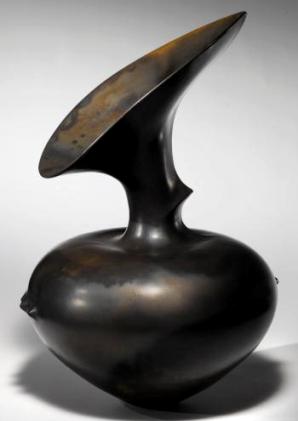 Odundo 'untitled'
Odundo 'untitled'Her prowess as a potter who consistently breaks new ground is uncontested. Her pieces may resemble containers, but none are meant to be used as such. Taking on their own fluid appearance, they appear to have slipped and slid and it feels their shape is not totally within Odundo's control.
The decoration, however, and the technical processes are tightly controlled by the artist who uses traditional coiling techniques and a series of oxidised and low-oxidised firing atmospheres to achieve different effects.
Her work reflects a unique insight into the trans cultural roles a pot can play and the meaning, both secular and scared, that a vessel can hold. In much of Africa, ceramic craft is associated with female creativity and the anthromorphic references to the female body in her pieces reflect that ritual. While we can specifically recognize this in her work, she has studied many other indigenous pottery techniques in other environments making her art uniquely contemporary and worldly.
Andile Dyalvane
Born in 1978 in the Eastern Cape, South Africa, Majolandile graduated Cum Laude in Ceramic Design in 2003 at the Nelson Mandela Metropolitan University. He stays true to his roots in using scarification as a technique just like the Xhosa cultural practice of ukuqatshulwa - body scarification.
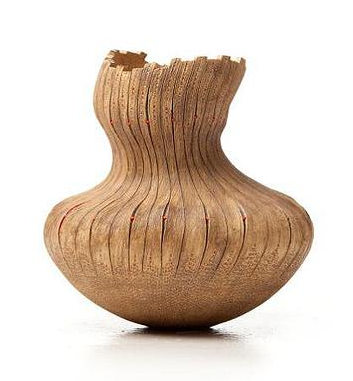 Andile Dyalvane, Stoneware coiled vase; scarified bulb shape
Andile Dyalvane, Stoneware coiled vase; scarified bulb shapeHis work is elemental and his colour usage often symbolic, also reflecting his cultural traditions.
This ceramic artist has not looked back since, making waves as far afield as Denmark, Taipei, California, France and New York City. A co-founder of Imiso Ceramics in Cape Town, SA he has gone from strength to strength in recent years with exhibitions in the UK and the USA and his work being collected worldwide.
His vessels here seem to have a brutal quality that is reminiscent of Picasso.
He has moved beyond surface decoration to capturing the 3D form and angular, jagged contours of the Master in his own outsized, sculptural vessels.
Dyalvane finished a residency at Leach Pottery (established 1920) in St Ives, Cornwall in the United Kingdom in 2019. Here, using local Cornish clay he embraced his local environment and produced brutish vessels and open plates with crude surface textures reminiscent of both the washed out ravines of his childhood surroundings while also representing the thick mud of the local river.
He worked prolifically creating experimental pieces that radiate a new dynamism using new techniques adopted from his host including new glazes and rich hues. A few select pieces were shown in London and the bulk were brought back to SA and exhibited at Southern Guild IN CT.
'iThongo'
Turning to his own heritage again, Dyalvane created a collection of works named iThongo. Described by the artist as an ancestral dreamscape, this exhibition of 18 terra-cotta chairs and stools has been shown first in his home territory of the Eastern Cape, then in Cape Town at Southern Guild and most recently in New York at the Friedman Benda Gallery (Spring 2021).
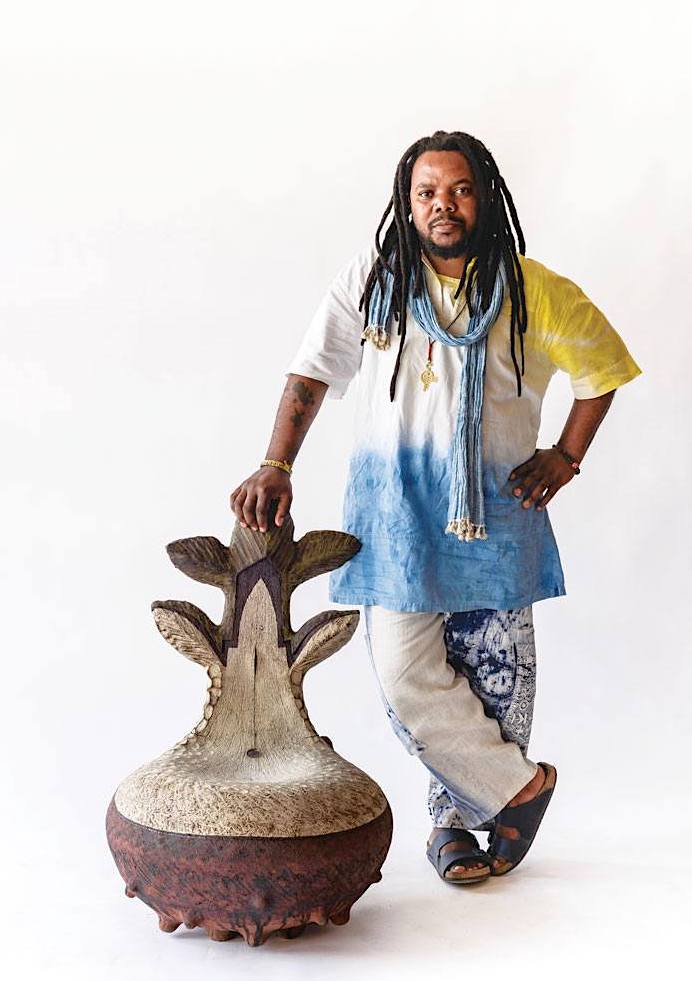
A powerful cultural interpretation, the stools and chairs take inspiration from both collective and personal memories and from African artefacts. They are low, close to the ground.. revered as an ancient portal for ancestral communion and designed to be arranged in a circle around a fire hearth and herbal offerings.
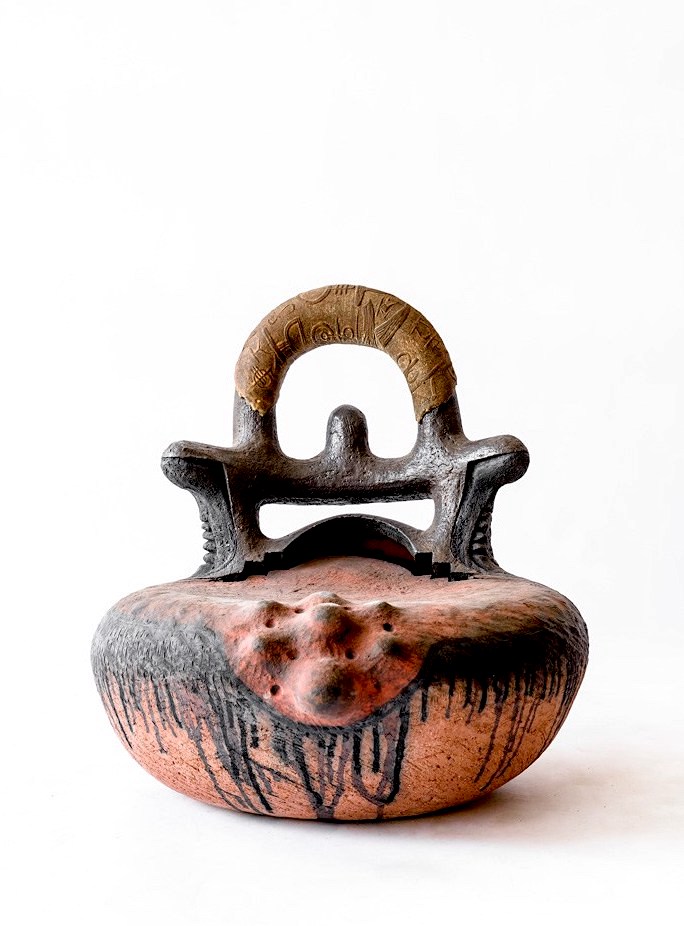
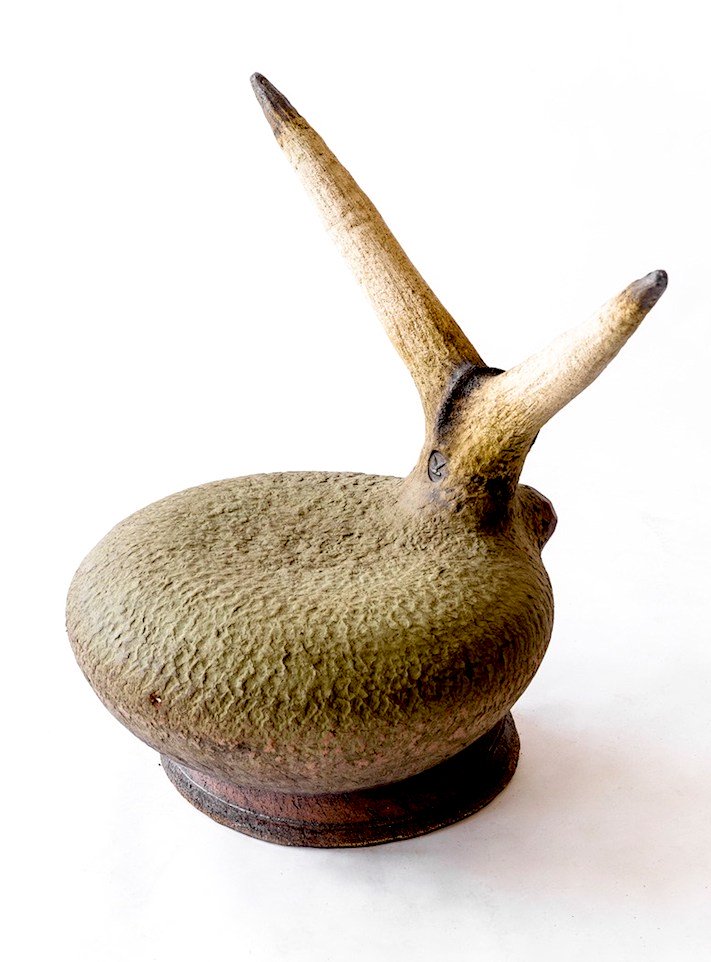
Created in 2020, each work is the embodiment of an imagined symbol. The symbols started as drawings and finally took shape in clay. The symbols or part of them are inscribed in the chairs themselves. Dyalvane created close to 200 symbols to denote important words in Xhosa life, such as igubu (drum) and izilo (totem animals).
Ian Garrett
Garrett was born in the Eastern Cape, South Africa and his work is influenced by a fascination with both the pre-historic vessels from Europe and India and from the deep cultural heritage of the place of his birth.
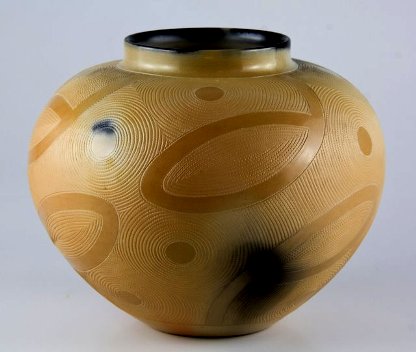 Ian Garrett, earthenware with elliptical swirl design
Ian Garrett, earthenware with elliptical swirl designHe uses a pinch and coil technique and has a highly burnished finish to his vessels. Sometimes he uses a shell with a serrated edge to create textures on his vessels.
His imagery has either botanical or geometric and abstract references and reflect the age old black-on-terracotta firing effects of southern African Zulu, Sotho and Venda potters who Garrett has a strong regard for.
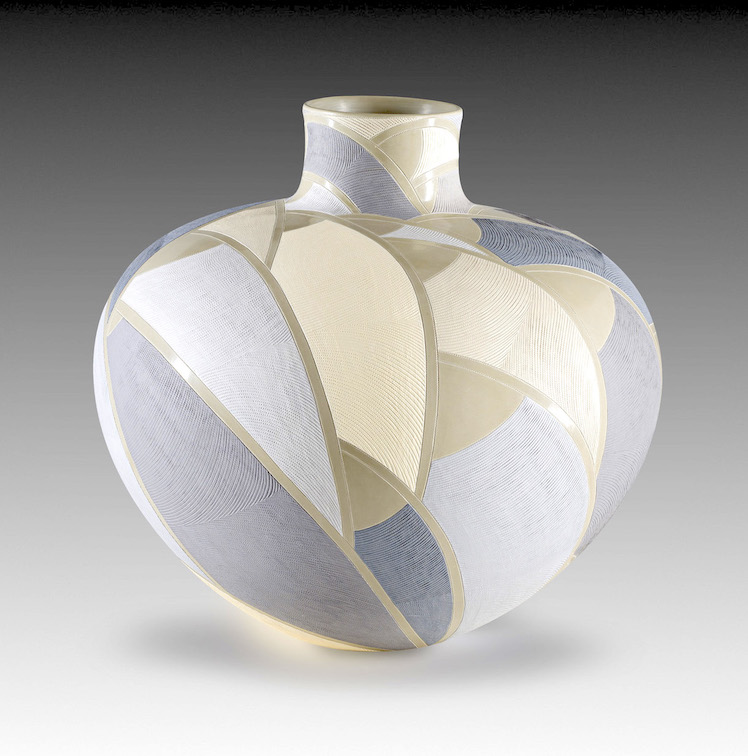 'Cadence' Ian Garrett, Polyrythmic series
'Cadence' Ian Garrett, Polyrythmic seriesIn the series "Polyrythmic Clay" with Ebony Curated, Cape Town, Garrett turns to African musicology as a source for these ceramic explorations of form, pattern, texture all combined in a fluid and extremely delicate manner.
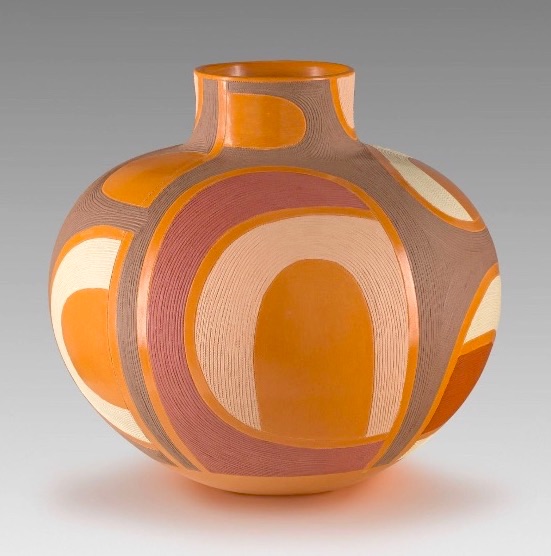
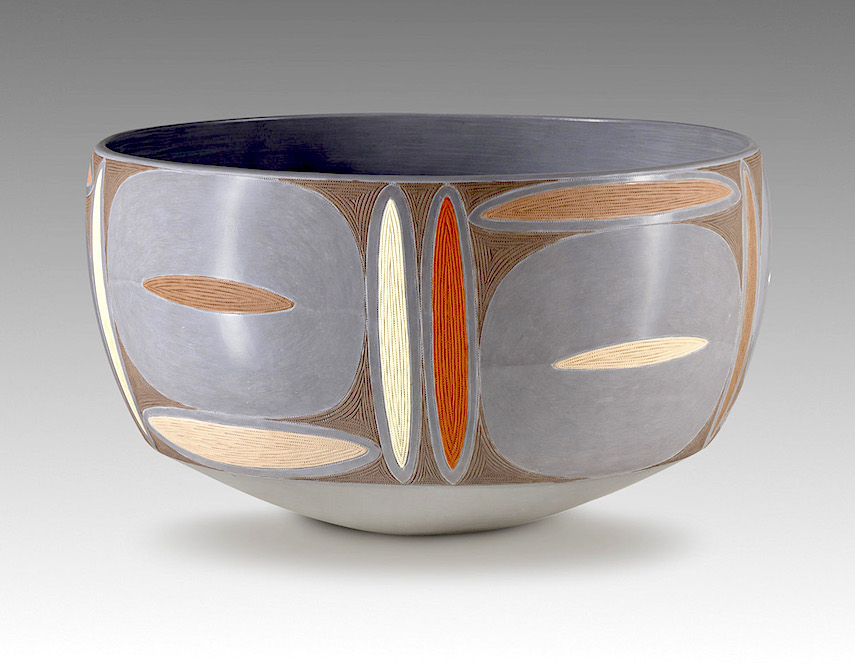 'Modulate' Ian Garrett, Polyrythmic Series
'Modulate' Ian Garrett, Polyrythmic SeriesThese complex creations carry an inherent old worldliness they are also simultaneously contemporary and reflective of the present... for example the color palette goes beyond the earthy tones of his former work but is still grounded in natural hues.
Clive Sithole
Sithole, born in 1971 in Soweto, is a South African studio potter who moved from Johannesburg to Lesotho at the age of 8 and then to Durban in the nineties where he began practicing as ceramic artist at the Bat Centre. These 2 places defined and influenced his work, adding features like zoomorphic and anthropological emblems on top of the lids of his essentially traditional pots.
He studied under Nesta Nala, an established and master potter who comes from a family of ceramic artists. And in 2006, Sithole received a post-graduate diploma in fine art cum laude through the University of KwaZulu-Natal, Pietermaritzburg.
Particularly endearing are the references in his work to the practice of Zulu boys making bovine sculptures from river clay.
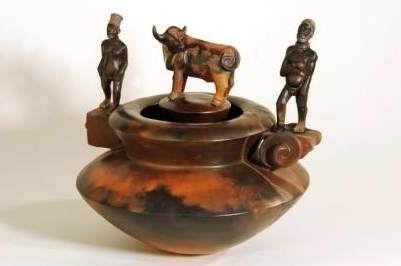 Clive Sithole, "Stripped", Pot with figures and ox, Tatham Gallery, Pietermaritzburg
Clive Sithole, "Stripped", Pot with figures and ox, Tatham Gallery, Pietermaritzburg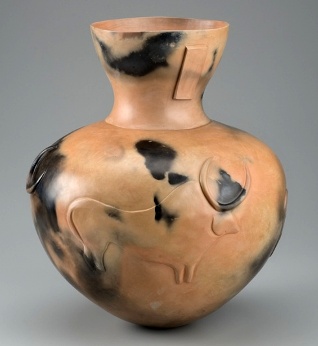 Clive Sithole, 'Uphiso', 2007, burnished ceramic
Clive Sithole, 'Uphiso', 2007, burnished ceramicHis large vessels, be they round or long necked pots or open bowls, are burnished and textured and beautiful to look at, containing a purity of form that makes them highly collectable items.
Nala Family
This unique and talented family has four generations of female potters whose finely crafted pieces are made in the Thukela Valley of Kwazulu-Natal, South Africa.
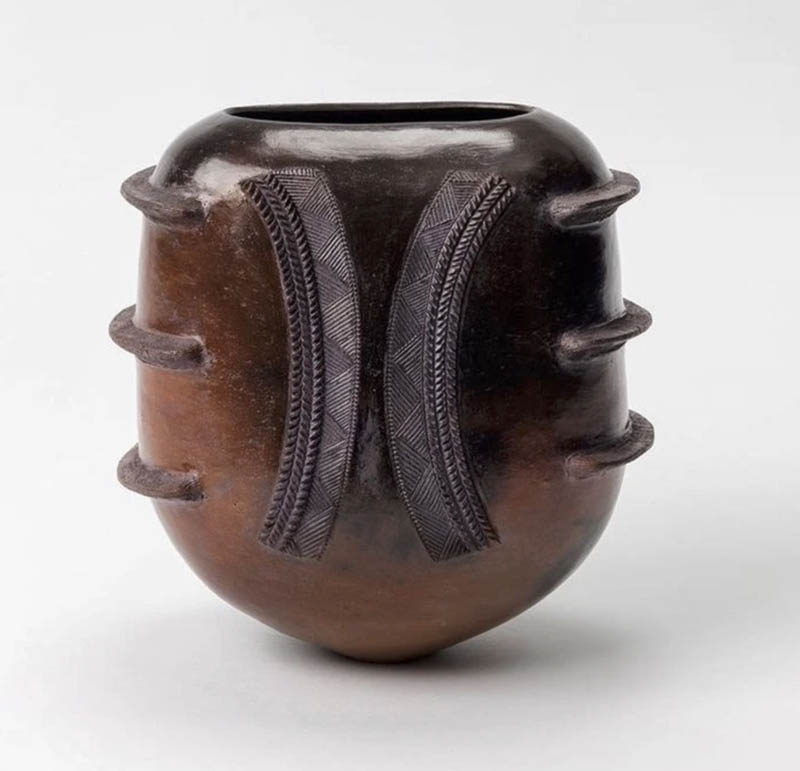 Jabulile Nala pot
Jabulile Nala potGreat-grandmother Ntombi and grandmother Simphiwe passed on their skills to daughter Nesta, who in turn taught her own daughters, Jabulile, Ntombi, Bongi and Zanele.
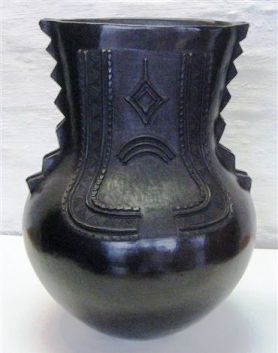 Jabu Nala
Jabu NalaMagwaza Family
Another South African family has 4 generations and 18 practicing potters amongst them!
The Magwaza Family from the Tugela River region of Kwazulu Natal has a rich tradition of making Zulu pots and they have perfected the art of designing with amasumpa, the little pellets that mark out the design on the pot. Sometimes these small 'warts' are added to the surface and sometimes they are pushed out from inside.
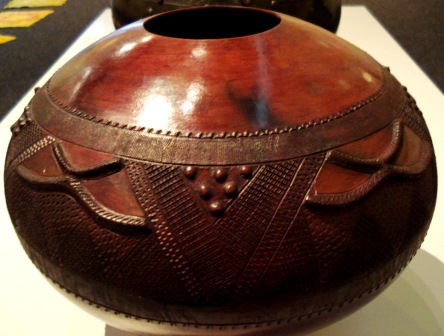 Magwaza family, earthenware pot with 'amasumpas', Tatham Gallery Pmb
Magwaza family, earthenware pot with 'amasumpas', Tatham Gallery PmbThe age old processes of collecting clay, drying and hardening to break up into small pieces which are then ground and sieved before water is added to return it to a smooth, malleable working material, is still pursued by this group of ceramic artists.
The clay is then stored in water-tight bags before being hand-coiled, burnished in an open fire, scoured with stone to polish or covered in black and brown shoe polish to create extra depth of color to the original baked earth clay.
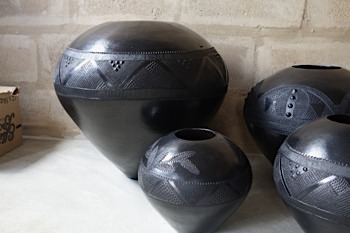
Ranti Bam
Ranti Bam was born in Nigeria in 1982, moving to London with her parents when she was a child. This exceptional ceramicist creates sculptural vessels that push terracotta to its limits.
Pursuing a path in Fine Arts she began with a BA, followed by an MA at the Sir John Cass School, London. While she was there she explored the conceptual idea of humans being inseparable from our environments and used clay to demonstrate this. She eventually found her oeuvre with a ceramic degree course at the renowned City Lit in London.
Finding her originality in abstract vessels, she constructs them by collaging slabs together to build organic forms. These are enhanced with considerable use of slips and stains but are left earthy and unglazed. Fired at extreme temperatures she embraces the process, pushing the boundaries of this material and experimenting all along the way to the finished piece.
Ranti delights in traveling and sharing her knowledge in interactive sessions. She has held workshops in Europe and in Africa; Zimbabwe and Kenya have benefitted from her experience. She has maintained a consistent and dedicated practice that has allowed her to partake in many venues and garner a strong following.
Zizipho Poswa
Born in 1979 in the Eastern Cape, South Africa this ceramic artist acutely examines her heritage while pursuing the development of her very contemporary pieces of art. Her work draws inspiration from the traditions and the daily rituals that she witnessed growing up in her rural environment.
A trained textile designer she studied surface design at the University of Technology, Cape Peninsula and she brings this training along with an exuberant use of color, texture and form to her work which manifests cultural Xhosa practices with contrasting modern ideas.
Being that her work is mostly hand coiled, she can take up to 2 months to complete one piece. She paints on washes of bright color to cover her pots but also paints on detail to give an elaborate finished piece of art. She employs hand pinching to finish off as well as adding studio shavings and jagged protruding forms.
Zizipho Poswa’s work draws on African traditions of adornment and womanhood.
Poswa’s ‘Lobi’ is an imposing ceramic and bronze sculpture standing over eight feet tall. Created by the artist during her residency at the Center for Contemporary Ceramics (CCC) at California State University Long Beach in summer 2023, this piece reflects her exploration of monumental scale. The residency offered her a unique opportunity to push the boundaries of her artistic practice through large-scale ceramic production.
She has recently had a number of themed collections, working intimately with Southern Guild, CT who encouraged her to move from smaller pieces to large sculptural work:
'Ukuklula' - a personal narrative documenting her transition from rural to city, these pieces which are over a mere tall have been acquired by the Los Angeles County Museum of Art.
'Umthwalo' - representing women carrying heavy stacks of wood, parcels or water on their heads.
'Magodi' - which is a Shona term for traditional African hairstyles, the collection celebrates womanhood and the strong women she grew up with and each is named after personal friend or relative.
'iLobola' - takes a closer look at her culture and explores the customary practice of paying lobola as a bride price. There are 12 sculptures which feature voluptuous shapes and also various shapes of cattle horns crafted from bronze.
Simphiwe Mbunyuza
Simphiwe Mbunyuza was born in 1989 in the Eastern Cape. Currently he is living in Montana USA and has recently had an exhibition at David Kordansky Gallery in LA titled INTLOMBE..
His exciting ceramic pieces reflect his heritage and his sharp sense of design incorporating African cultural symbols and iconography into his work. Combined with an earthy, grounded magical quality, they leave a lasting impression of something quite powerful and elegant in their hugely creative forms.
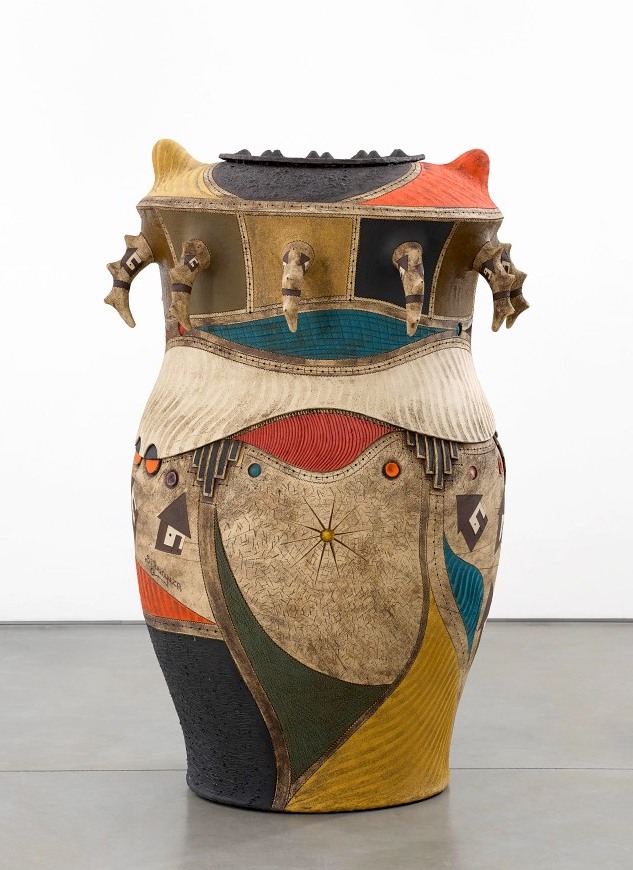 Simphiwe-Mbunyuza-NALI-Tamsanqa-2024
Simphiwe-Mbunyuza-NALI-Tamsanqa-2024To produce his work Mbunyuza uses a coiling technique that has been employed by the Xhosa people for centuries.
The use of oxide washes to enhance the surface texture and create distinct yellows, oranges, greens, and blues also mimics the appearance of imbhola which are botanically produced pigments the Xhosa women apply to their faces, further emphasizing the works’ connection to the earth and the history of SA ceramics.
His earlier pieces like the one featured above are less colourful and include scraffito and markings alluding to African pattern be it architectural or hair braiding. Their form is more structured and traditional but their energy is not.. they are vibrant and exciting with so much going on on the surface.
Xanthe Somers
Born in Harare, Zimbabwe in 1992, Xanthe Somers studied Fine Art (Hons) at University of Cape Town and furthered her education at Goldsmiths, University of London (MA in Post Colonial Culture and Global Policy) graduating in 2020.
Her ceramic pieces are hand-coiled in the traditional way but that's where tradition ends. After that, the surfaces are woven, adorned, painted and punctured. They take on a 3D relief form with letters, words, botanical motifs, patterns, etc are all attached until the piece is a riot of colour and often, humour.
Her work has already been acquired by the V&A Museum in London and her popularity is gathering momentum very rapidly. She has recently been made the recipient of the 2024 ANNA award, receiving a considerable amount of prize money and a residency hosted by the Southern African Foundation for Contemporary Art. She will also present her work at Latitudes Art Fair 2025.
They are unique showstoppers! Playful, colourful and arresting in their outwards style, they are often both provocative and humorous at the same time.
Madoda Fani
Born in 1975 in Gugulethu, Cape Town, South Africa where he still currently works, this inspiring and dedicated ceramicist is all about celebrating his roots, combining his traditional methods with pushing his boundaries by creating ground breaking, large-scale organic shapes and forms.
His hand carved embellishments are distinct and unique... intricate, repetitive patterns are signature to his work. After smoke-firing, he burnishes his pieces with a stone just like those before him and in this way continues the evolution of Xhosa ceramics.
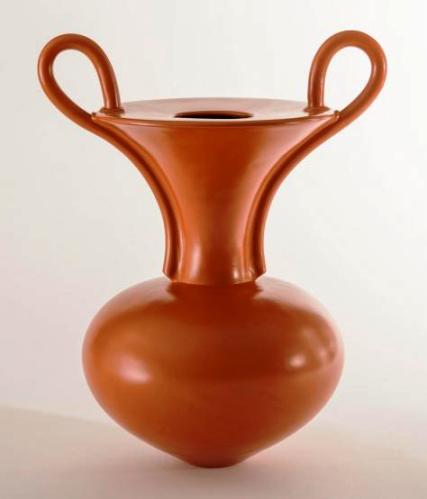
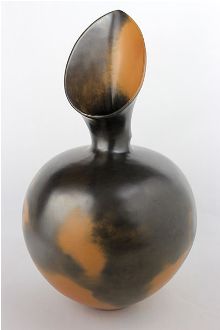
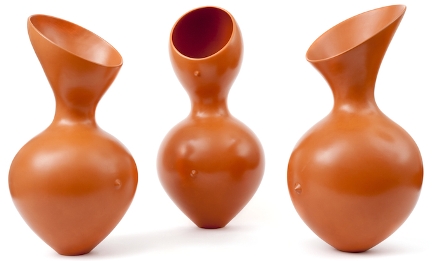
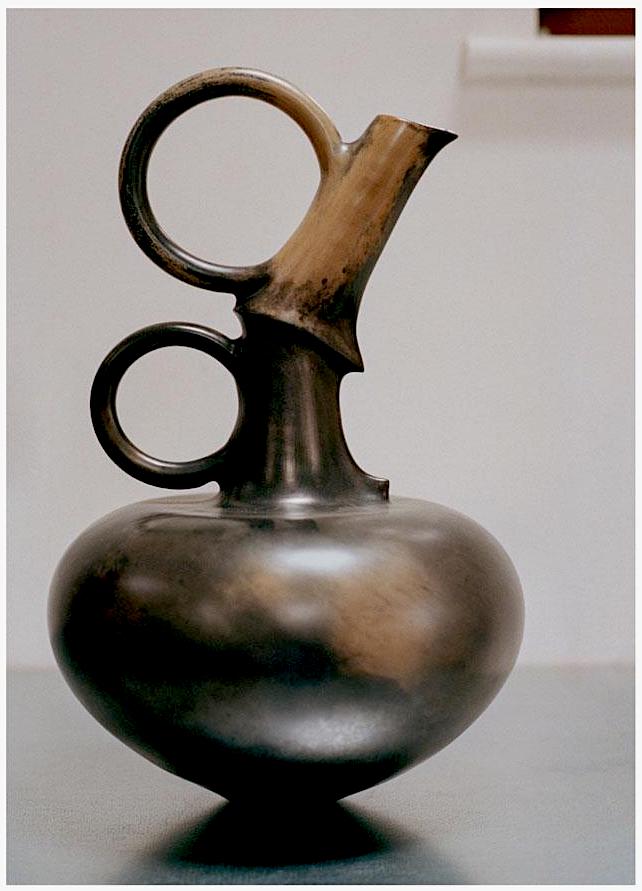
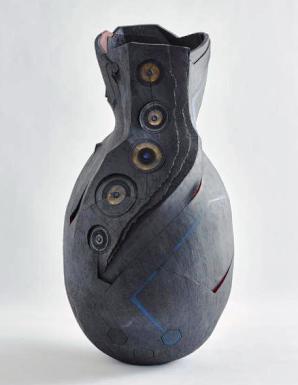
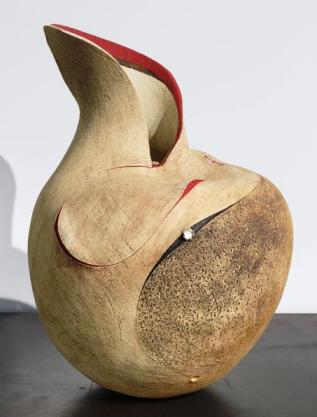
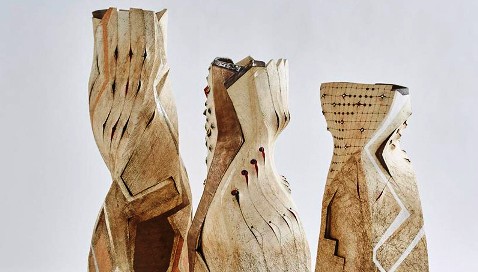
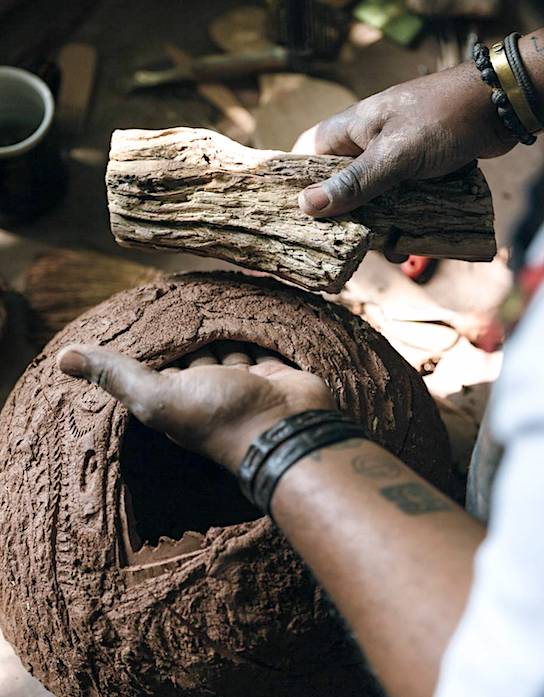
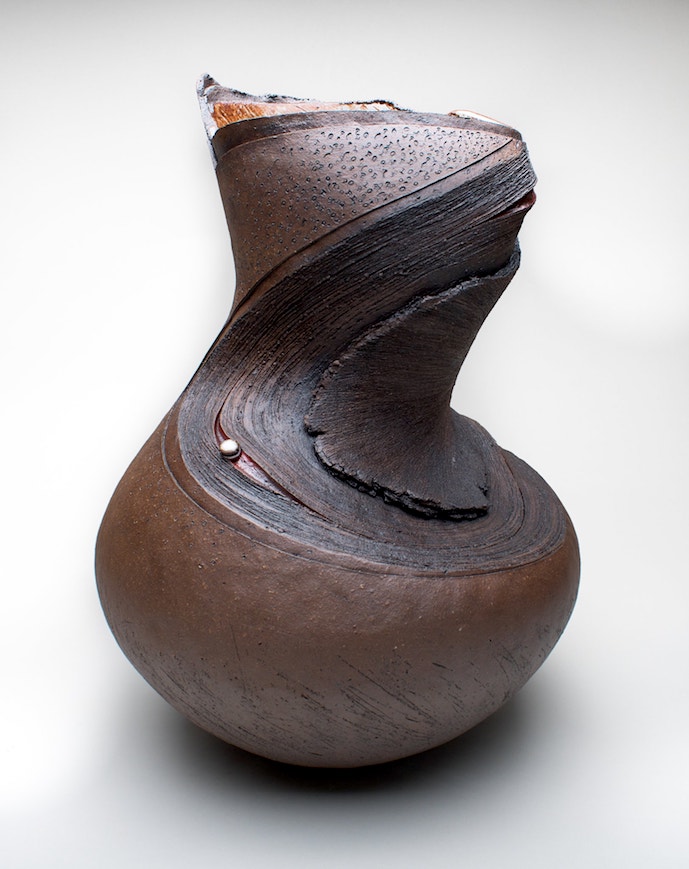
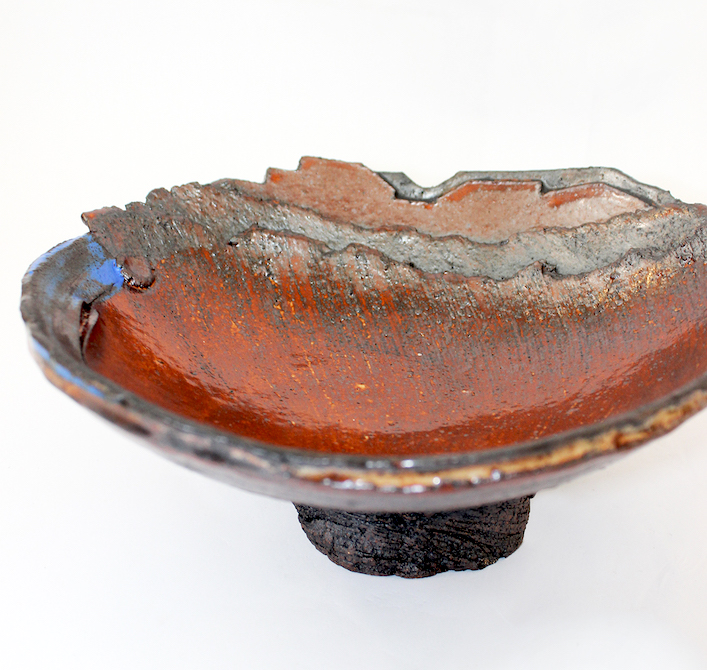
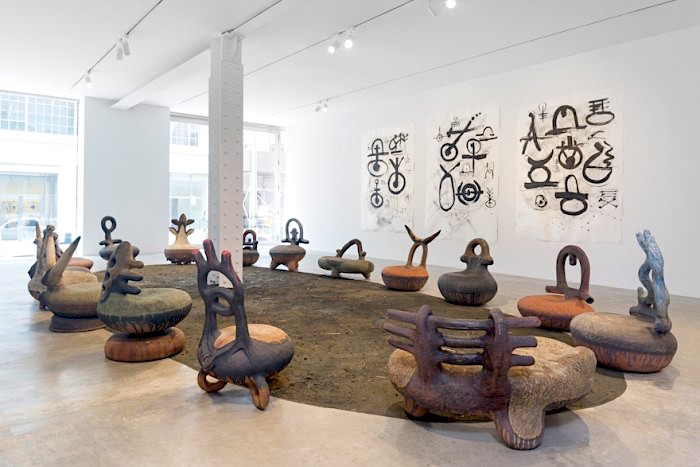
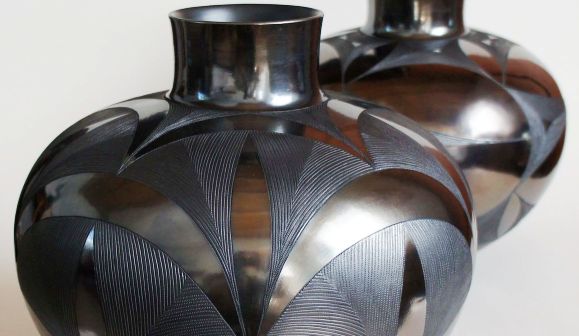
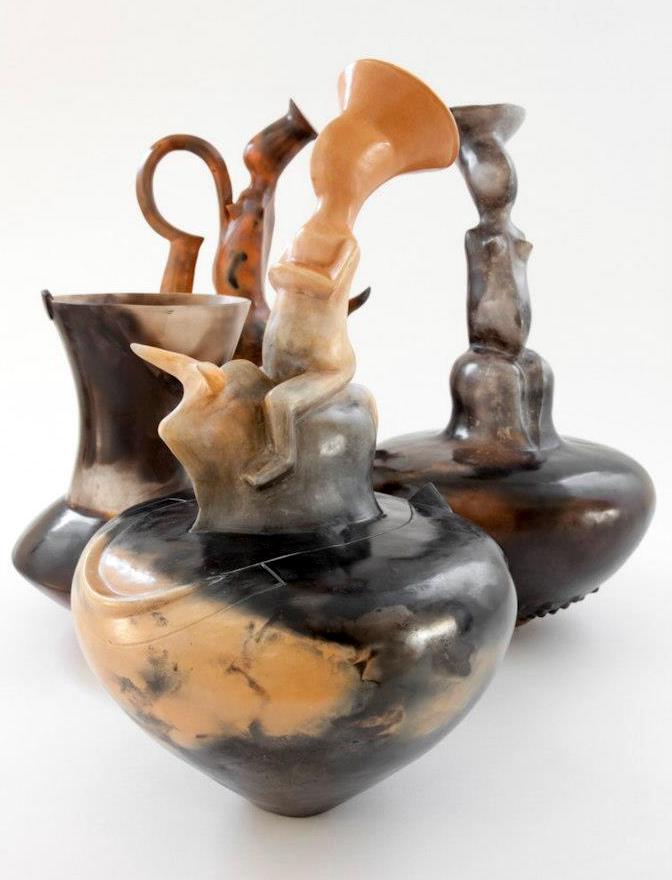
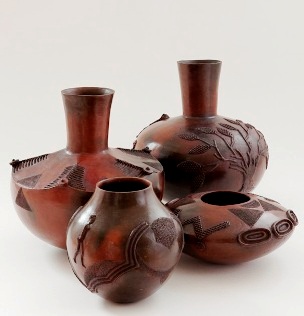
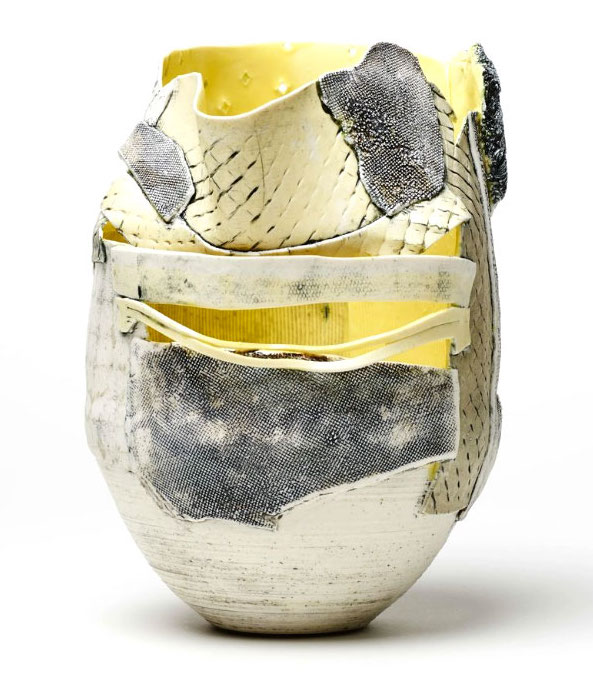
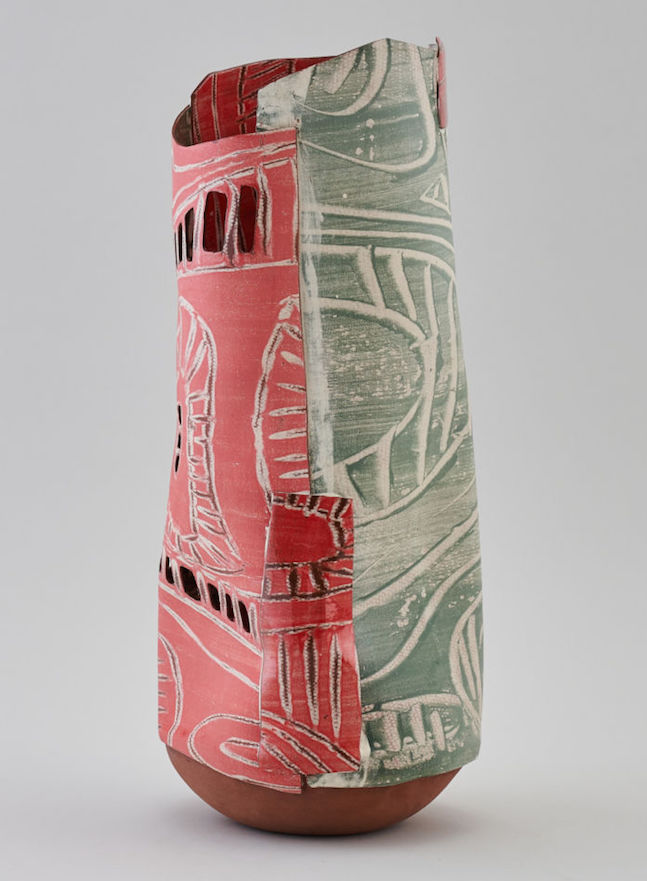
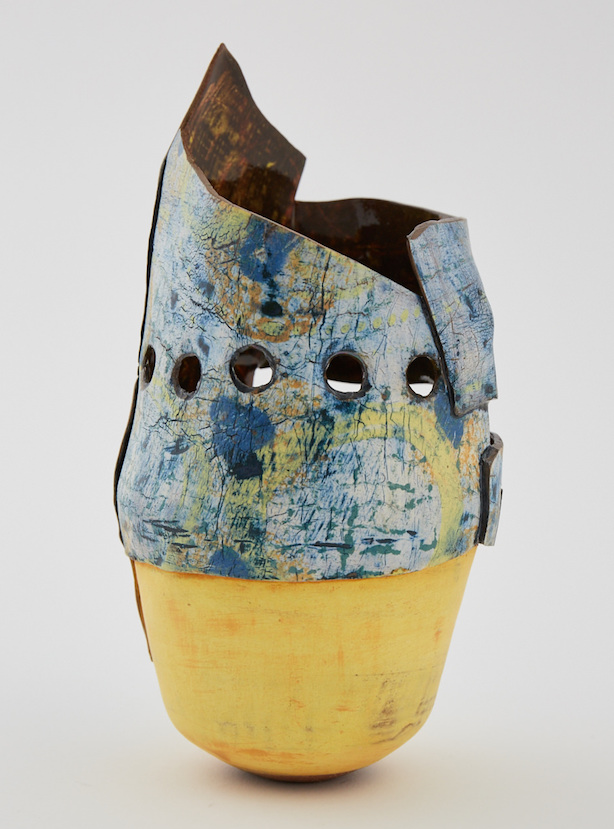
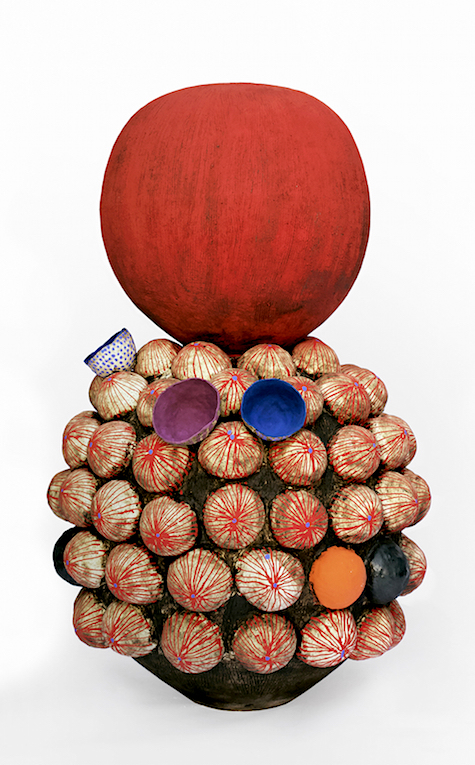
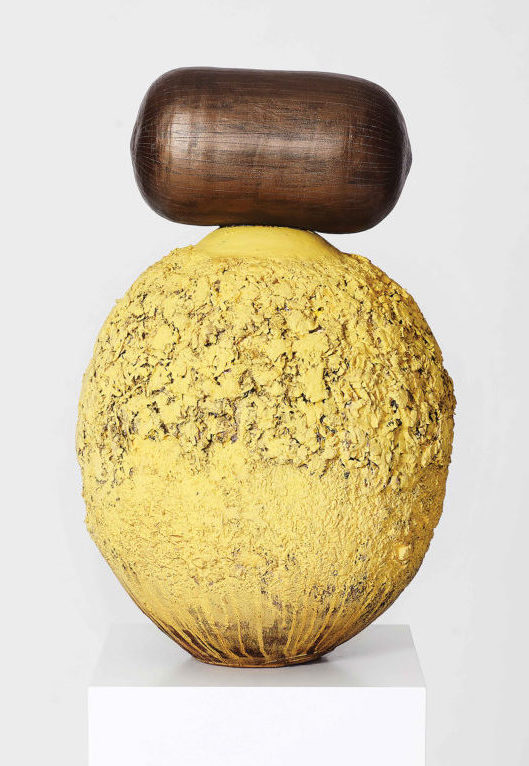
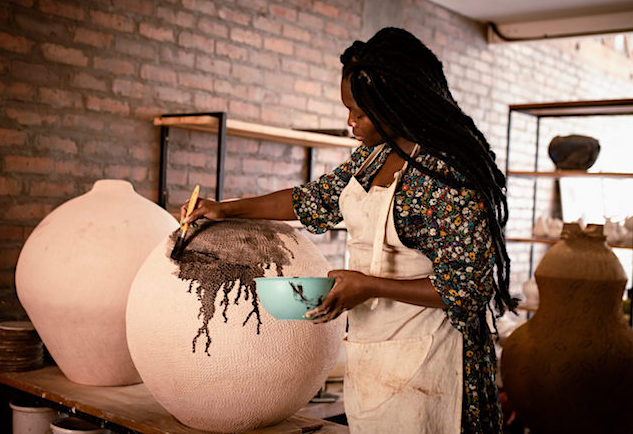
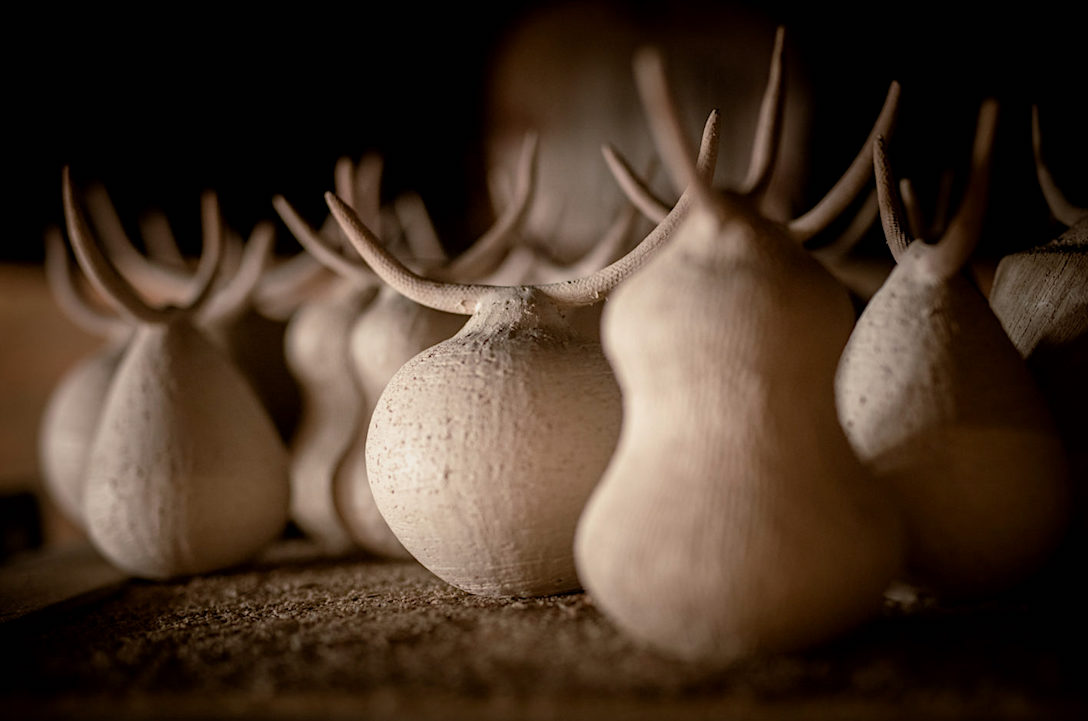
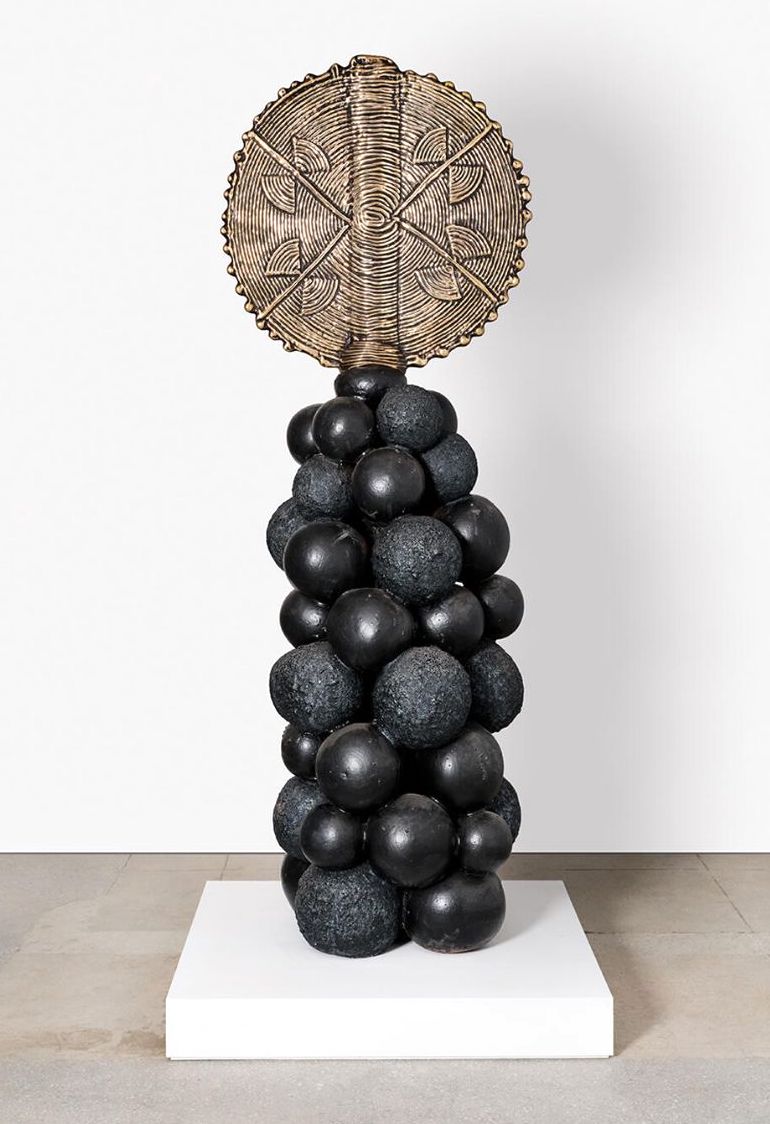
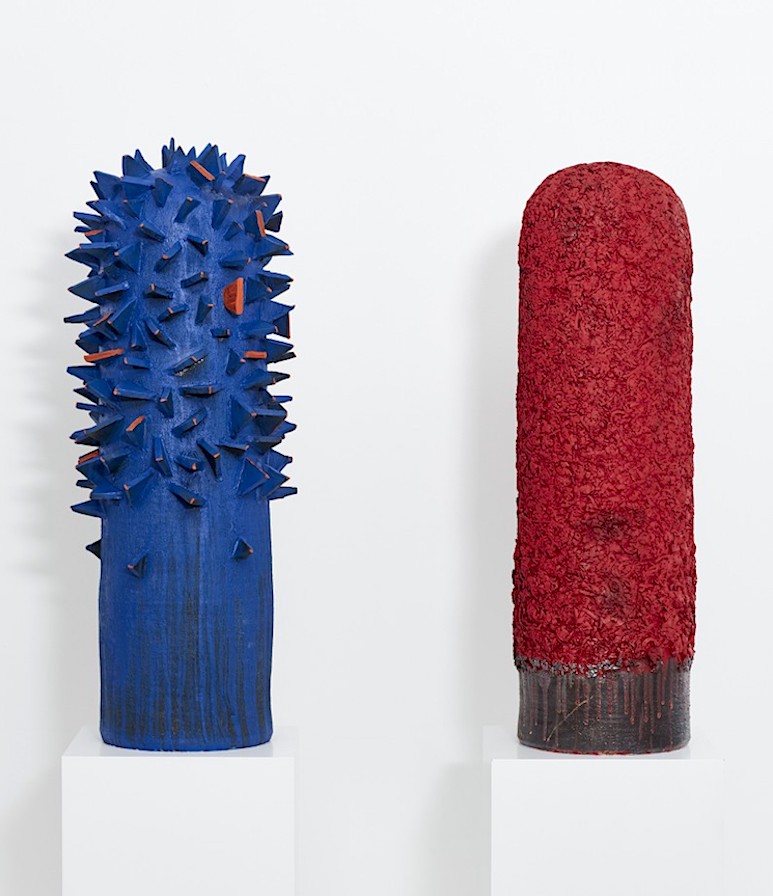
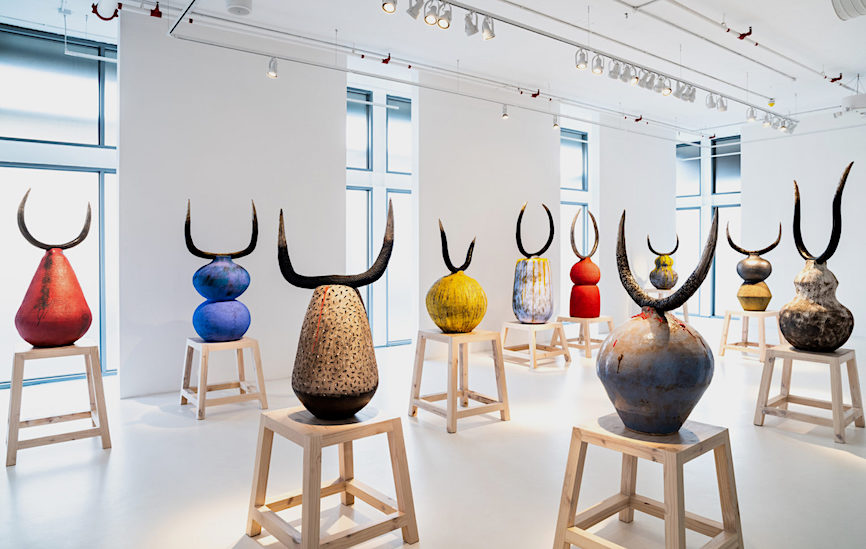
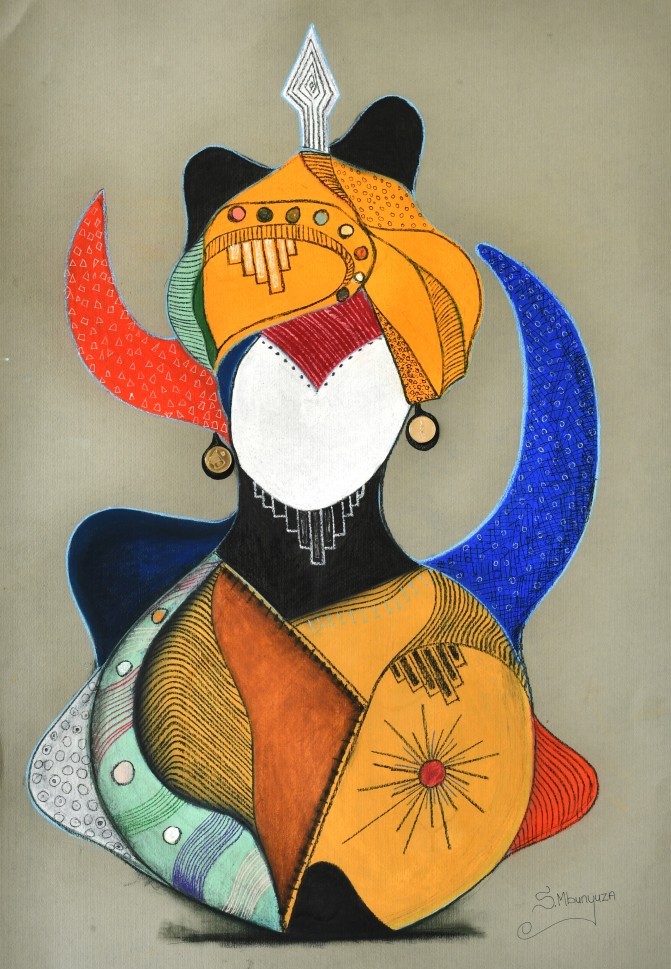
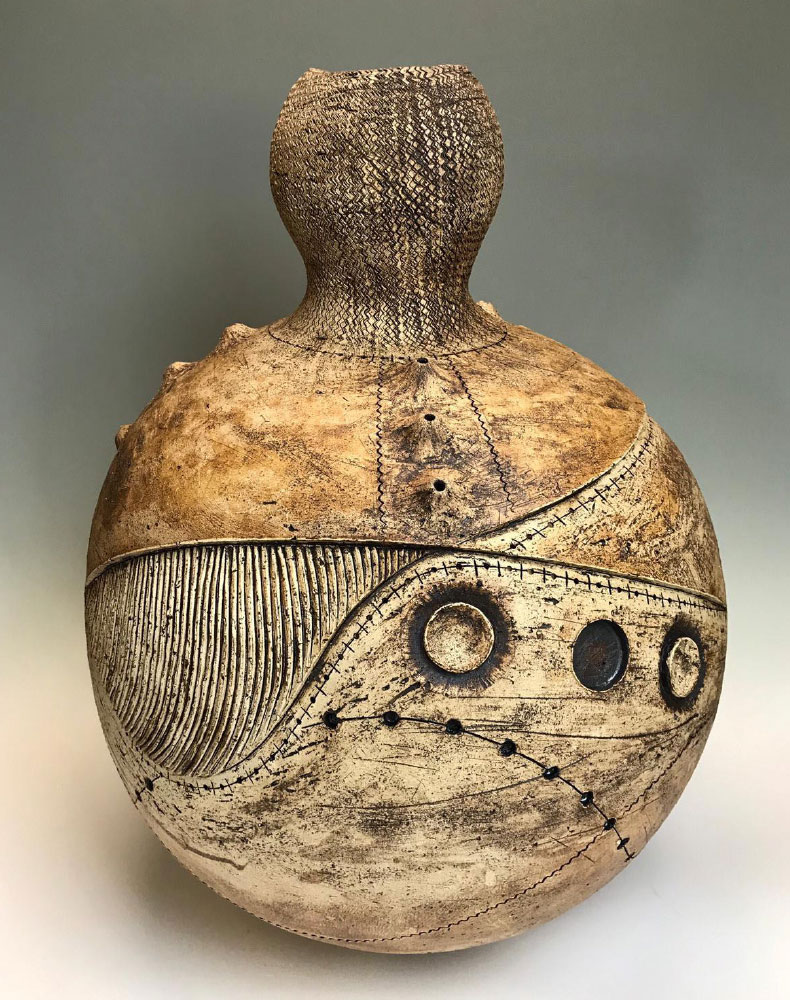
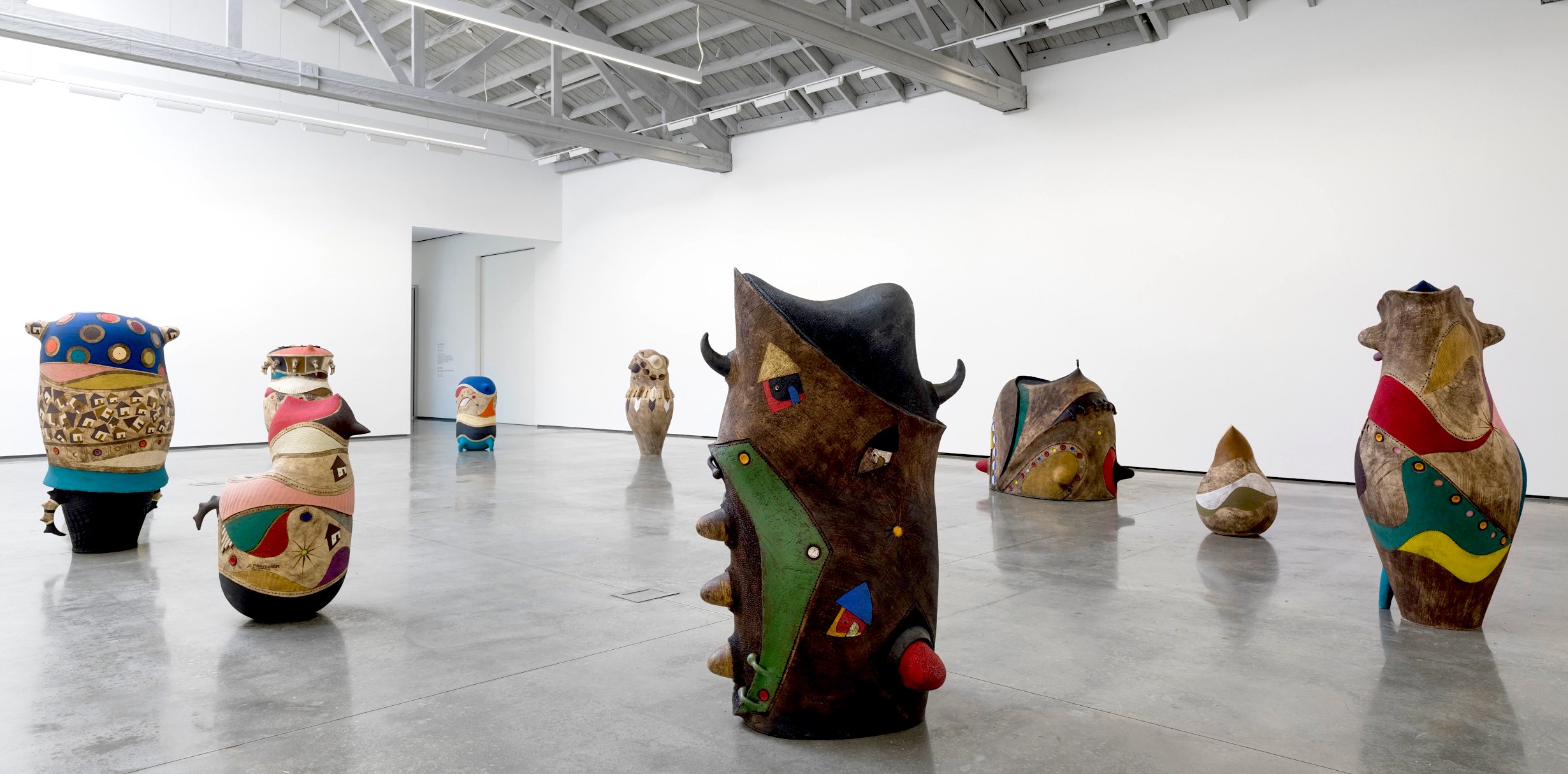
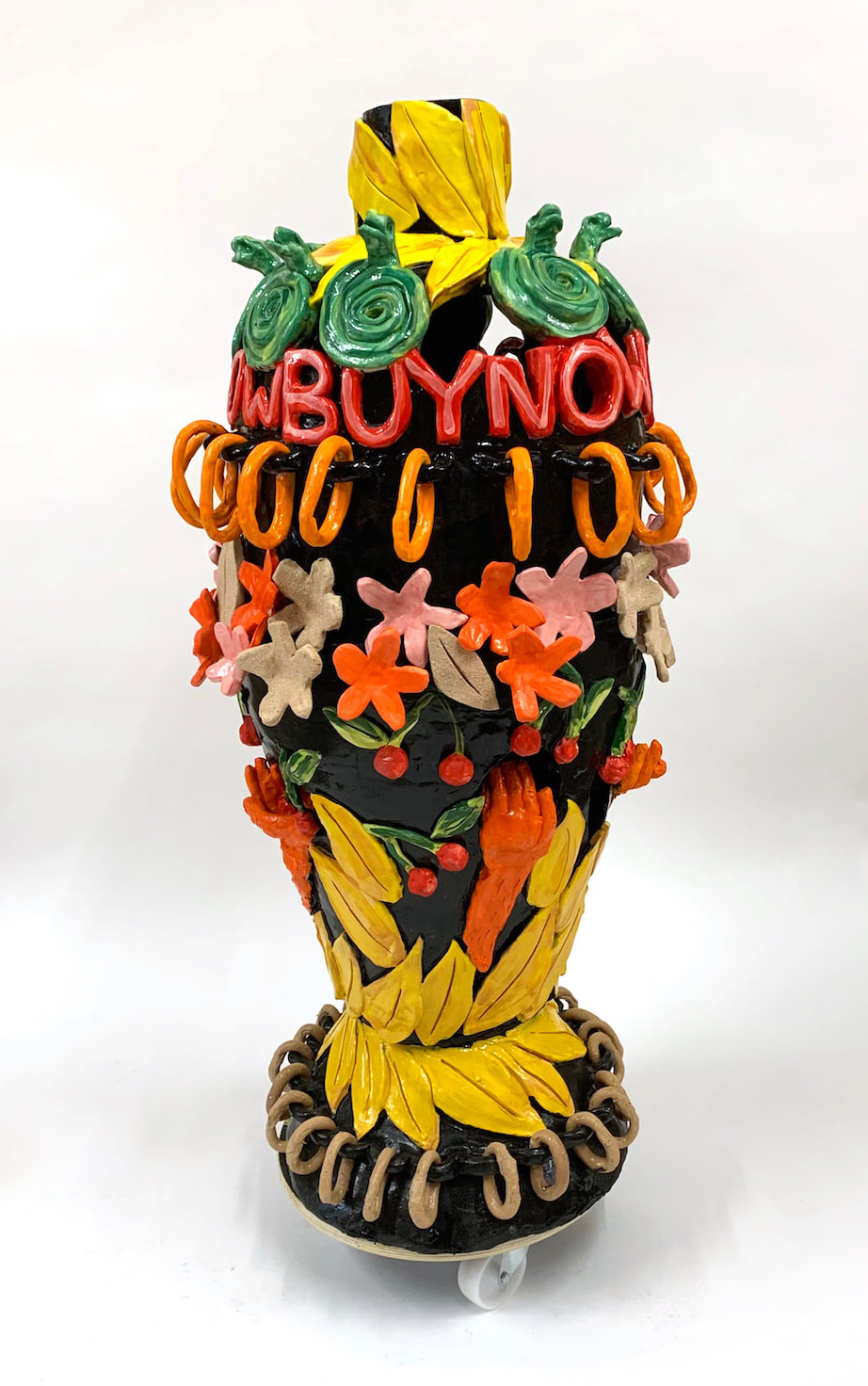
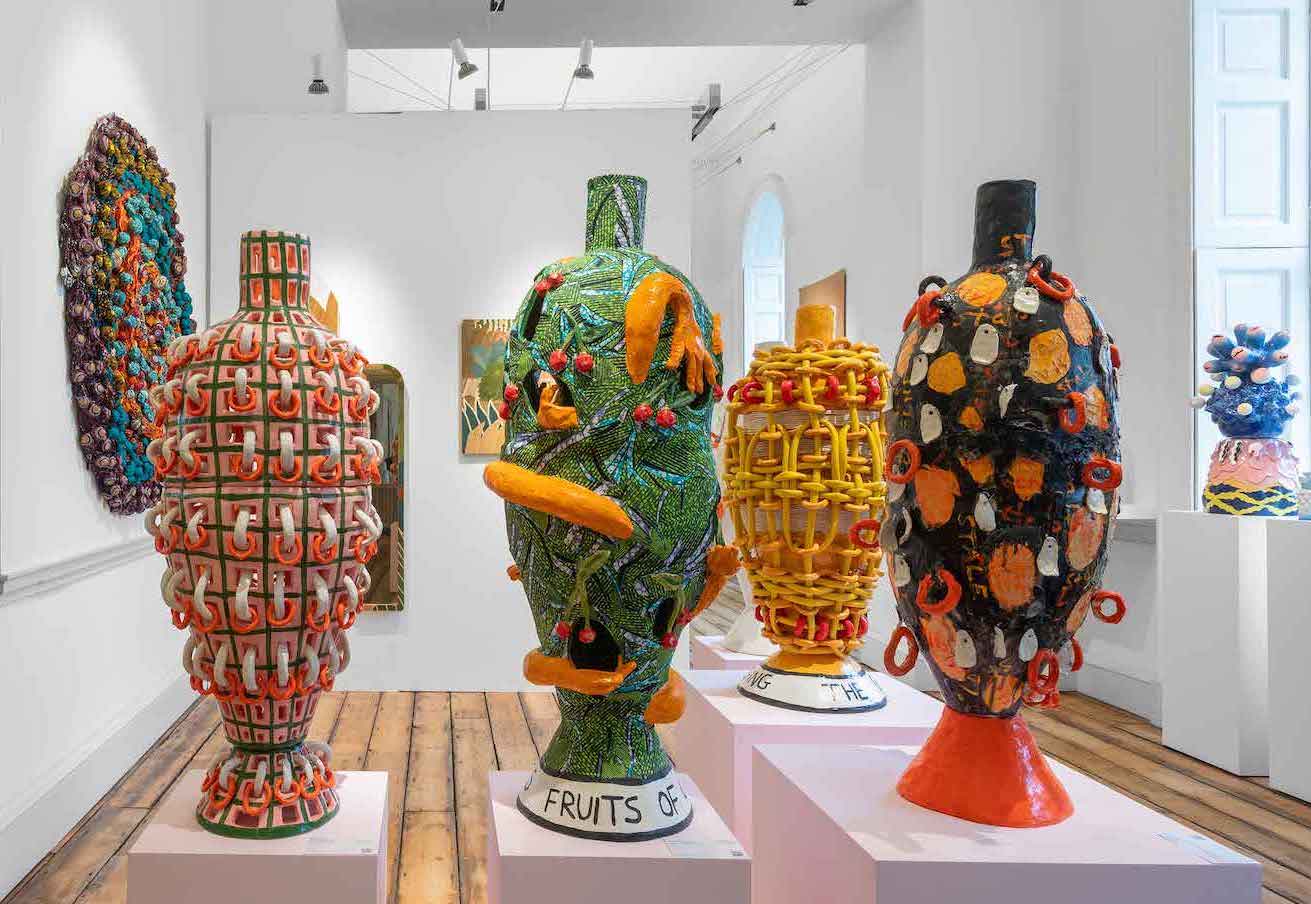
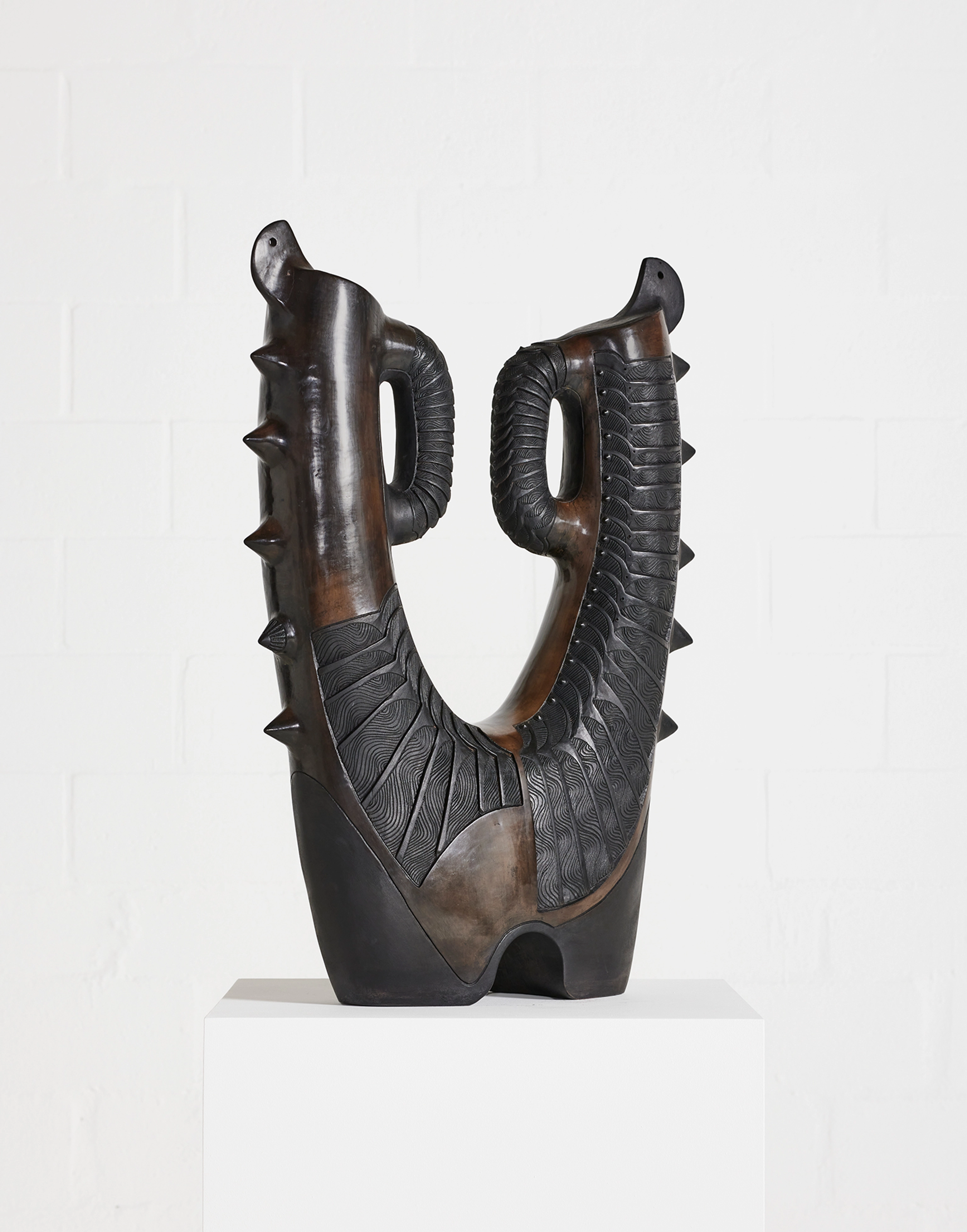
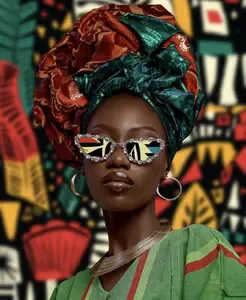
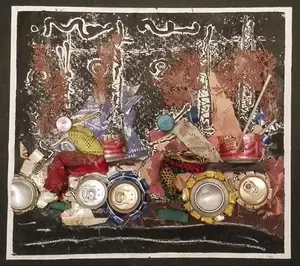
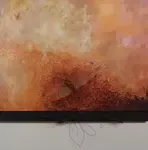

New! Comments
Have your say about what you just read! Leave me a comment in the box below.